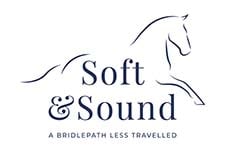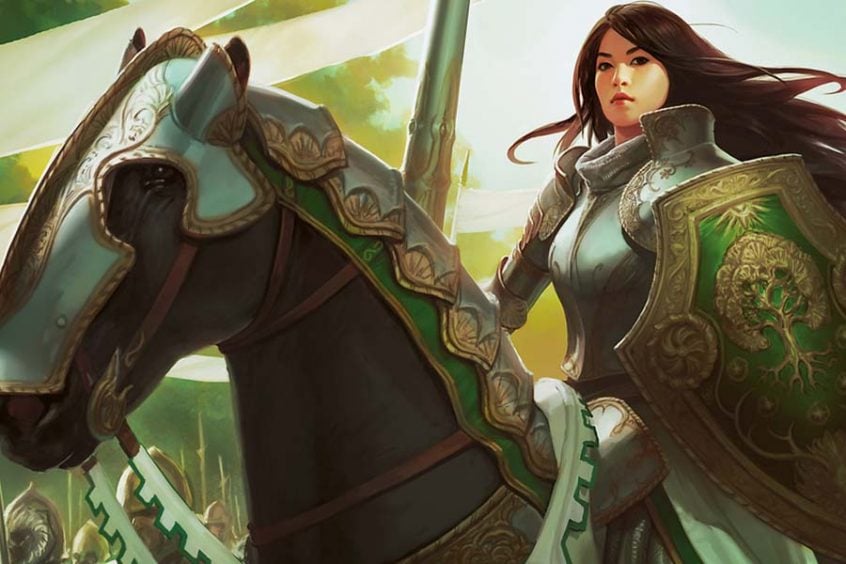I have spent most of this year looking for a horse. I have seen a LOT of the M5 and frequented a wide range of B n B’s. My travels have taken in a spread of the UK in a totally disorganised fashion involving repeat 12 hour round trips to places which were really rather close to each other, it turns out. Anywhere above Bristol is a bit of a blur to me, so I haven’t always made sensible travel plans.
Anyhow, I have now seen about 25 horses. As you might imagine, after the litany of horse disasters of recent times I have got a bit picky, but I didn’t imagine it would be this tricky. I have met a lot of lovely horses and a load of really nice people. Most of the horses were great, but just not quite the horse for me. Maybe too small, possibly too green, sometimes not quite sound enough for the very challenging role they will have to play as my main training horse with Philippe Karl. What was heartening was how many people are trying really hard to do the right thing by their horse.
However, one horse was having a terrible time and the human was a key player in the problem, and on my return I said to Sarah, ‘It was like they didn’t even know what a horse was’. And we laughed, smugly. What I meant was, that through their interpretations of the horse’s behaviour and their interaction with that animal, it honestly looked like they had no idea how horses actually feel, think and function. And yet, to all intents and purposes they were a very ‘experienced’ horse person. Practicing one years’ worth of learning for 50 years might be one way of describing it.
Sarah reminded me later about Dr Deb Bennet’s definition of what kind of animal a horse is – it’s an animal which makes adjustments. I have searched her forum to clarify this, and it’s not easy to track this down (I did see one post where she also reminds us that a horse is in fact livestock and in that vein we should spend a month calling our horse by their colour rather than their name. I did that with a cat that I had no intention of keeping – Blackie-whitey- and 6 years later the bastard is still here).
However, assuming Sarah’s memory serves her correctly, then it’s an interesting definition. And if it not, then credit goes to S. Widdicombe. The Horse – An animal which makes adjustments. Its behaviour is therefore an indication of its desire to make an adjustment and how large that adjustment needs to be. Adjust to what though? Knowing a little about what Dr Deb teaches, and from my own experiences of working with horses, I would say they are trying to adjust to where they feel safe, and peaceful (mentally and physically, which is kind of the same thing for horses). You can assume therefore that pretty much most of their behaviour is an indication of how much they feel the need to make this adjustment. What do they have to do to get themselves back to a place of peace and safety?
if you put pressure on a horse it will make an adjustment sufficient to find this ‘sweet spot’ again. If the adjustment is not noticeable to an observer and it appears to flow you would have some idea that the horse knows some ‘cues’ so well that he barely has to adjust AND/OR the feel of that person is such that while the horse works with them he is on the whole, peaceful and safe. If the horse makes a large and visible adjustment it might tell you that the horse doesn’t know much about cues (so he can’t yet respond to something small, or is over responding as a result of anxiety, or from having developed a shutting down mechanism which he is suddenly snapped out of), or the person can’t adjust their feel accordingly – they can’t read the horse well.
Compared to us, horses are blooming straightforward. For instance, a horse naps when out hacking solo – this tells us there is something about that situation which doesn’t make him feel safe and peaceful. Maybe the rider is anxious. Maybe he’s not experienced enough to be out there yet. Maybe the rider is giving him confused signals (legs say Go, hands so No) which the horse can’t deal with. Maybe he learned that napping was part of what hacking was about. Maybe his back hurts. Understand the issue, present the horse with a solution which makes him feel peaceful and safe, and job done. That could be returning him to his herd (aaaah, everybody breathe and graze) or it could be understanding what your horse needs from you to be out hacking and feel peaceful and safe (a bit more work to be done there…).
On my million miles of driving I have also thought a lot of about humans and how we work. I am trying to knock on the door of my own personal insanity, and am currently just wiping my feet on the door mat. Whilst driving past Gordano services AGAIN, I wondered whether a human might also be an ‘animal which makes adjustments’. Does a human also want primarily to feel safe and peaceful? I think we do, but our version is a little bit more complex than a horses…
Reuniting a horse’s body with his minds desire to feel safe and peaceful is relatively simple (I am not saying it’s easy.). But us eggs-trondinarily intelligent humans do a magnificent job of making things really, really complicated. For humans, feeling safe and peaceful includes some additional chapters such as ‘familiar’ and ‘certain’. Because we can project into the future in a way I don’t believe horses can, and because we are constantly drawing on our totally flawed memory banks (nothing you remember is true…) being peaceful and safe in the present moment gets a little bit muddled. It often also involves our desire to know we have control over the future (hahahaha) and that we can consolidate the past in a way which makes sense to us.
Humans find it hard to feel ‘content in the moment’ as we fluctuate endlessly between what was and what might be. Horses find it pretty easy to settle on what is, when ‘what is’ makes them feel peaceful. They are just there, in that moment in time. Until they’re not.
One of the main kicks in the teeth for the human animal is that we often confuse ‘familiar’ for ‘safe’. We can end up returning to very toxic behaviours which are shockingly shit for us, because they are ‘familiar’ and our brain mixes that up with ‘safe’. My old, entirely tread-free wellies are comfy so I keep putting them on, even though I keep slipping over in them. I know I need a new pair, but the new pair feel different and odd so I put on the old pair again, and go arse over tit in the mud again. My brain does the same thing to me – I return to a behaviour which essentially up ends me in the mud again and again, but its familiar, so in an unhelpful way I feel safe. Even though I’m not. The flip side being that I may try out something new, which is actually better for me, but because it is unfamiliar it feels bad and unsafe, so I run screaming from it back to the old, comfy, well worn, toxic behaviour. Still with me?
However, the thing which humans also have is the ability to stand back and ‘watch’ our thoughts and behaviours. I’m reckoning horses can’t do that shit. Therefore, troubled as we are by our hugely complicated brains what we can at least start to do, which horses can’t (as far as I know) is notice our ‘thinking’ self and where it takes us. I can notice it in an, ‘Oh, that’s interesting’ manner, with the same compassion I would have for a horse I’m working with. Step One. What do I do which I repeat because it’s familiar, and through familiarity I feel ‘safe’ even though the outcome is not one I desire? Hmm…..
I’m not going to make any promises about what’s going to be in the next chapter of this blog, as the only thing we can be certain of is uncertainty… But, I will share one further part of this summer’s endless driving. My vehicle is an Audi of indeterminate age which closely resembles a skip on wheels. However, it is home to a large and battered collection of CD’s which are as valuable to me as pretty much anything I own. My crush for the year is Heloise Lettisier, and without her I may not have survived. Sincerely, cheers for that Christine and the Queens – ‘Narcissus is back’ https://www.youtube.com/watch?v=de6YFk_vrJM.

